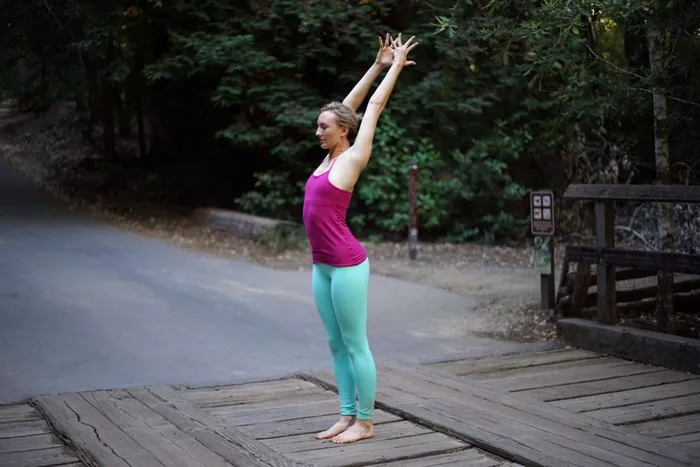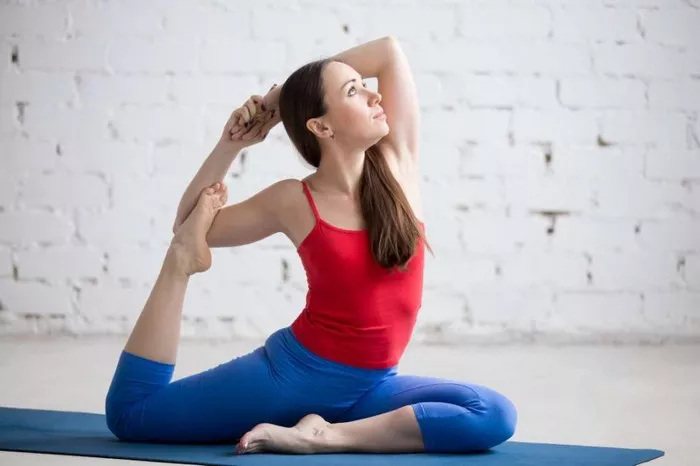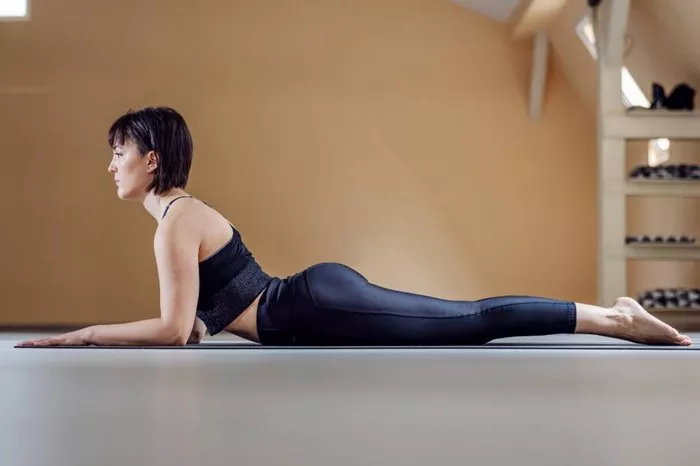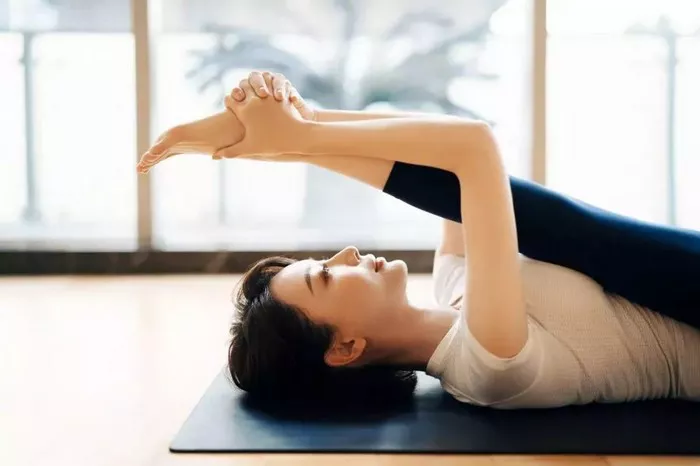In today’s fast-paced world, stress and health issues often go hand in hand. One common health concern is low blood pressure, also known as hypotension. While high blood pressure gets a lot of attention, low blood pressure can also pose significant challenges to one’s well-being. Fortunately, yoga, with its holistic approach to health and wellness, offers a promising avenue for managing low blood pressure effectively. In this comprehensive guide, we’ll explore the connection between yoga and low blood pressure, examining the benefits, specific poses, and practices tailored to support individuals dealing with this condition.
Understanding Low Blood Pressure:
Before delving into the role of yoga in managing low blood pressure, it’s essential to understand what low blood pressure is and how it can impact overall health. Blood pressure is the force of blood pushing against the walls of the arteries as the heart pumps it around the body. A normal blood pressure reading typically falls within the range of 120/80 mmHg. However, when blood pressure consistently measures below 90/60 mmHg, it is considered low.
Low blood pressure can lead to symptoms such as dizziness, fainting, fatigue, blurred vision, and even cognitive impairment in severe cases. While some individuals naturally have low blood pressure without experiencing any adverse effects, others may find it challenging to carry out daily activities due to symptoms associated with hypotension.
Yoga: A Holistic Approach to Health:
Yoga is an ancient practice that originated in India and has gained widespread popularity worldwide for its myriad health benefits. At its core, yoga is not just a physical exercise but a holistic lifestyle encompassing physical postures (asanas), breath control (pranayama), meditation, and ethical principles. This multifaceted approach makes yoga particularly well-suited for addressing various health issues, including low blood pressure.
Benefits of Yoga for Low Blood Pressure:
Numerous studies have highlighted the beneficial effects of yoga on cardiovascular health, including blood pressure regulation. Here are some ways in which yoga can help manage low blood pressure:
1. Stress Reduction: Chronic stress is a significant contributor to high blood pressure and can exacerbate symptoms of low blood pressure as well. Yoga promotes relaxation through deep breathing, mindfulness, and gentle movements, thereby reducing stress levels and promoting a sense of calm.
2. Improved Circulation: Certain yoga poses, such as inversions and gentle twists, can help improve blood circulation throughout the body. By encouraging blood flow to vital organs and tissues, these poses support overall cardiovascular health and may help alleviate symptoms of low blood pressure.
3. Balanced Autonomic Nervous System: The autonomic nervous system plays a crucial role in regulating blood pressure. Yoga practices, such as pranayama and meditation, can help balance the sympathetic (fight-or-flight) and parasympathetic (rest-and-digest) branches of the autonomic nervous system, promoting homeostasis and optimal blood pressure regulation.
4. Muscle Tone and Strength: Yoga asanas target various muscle groups, including those involved in maintaining posture and supporting circulation. By strengthening these muscles and improving overall muscle tone, yoga can help prevent orthostatic hypotension (a drop in blood pressure upon standing) and enhance cardiovascular fitness.
5. Mind-Body Awareness: Yoga encourages greater mind-body awareness, allowing individuals to tune in to subtle signals from their bodies, including changes in blood pressure. By cultivating this awareness, practitioners can better manage their condition and make informed choices about their health.
Best Yoga Poses for Low Blood Pressure:
While almost any yoga practice can be beneficial for managing low blood pressure, certain poses are particularly helpful due to their gentle, grounding nature and their ability to promote circulation and relaxation. Here are some recommended yoga poses for individuals with low blood pressure:
1. Mountain Pose (Tadasana): This foundational pose promotes proper alignment, grounding, and awareness of posture, helping to prevent dizziness and lightheadedness associated with low blood pressure.
2. Forward Fold (Uttanasana): Forward folds gently stretch the hamstrings and lower back while promoting relaxation and calming the mind. Individuals with low blood pressure should perform this pose mindfully, avoiding sudden movements or overexertion.
3. Legs-Up-the-Wall Pose (Viparita Karani): This restorative inversion pose encourages blood flow from the legs back to the heart, helping to relieve swelling in the lower extremities and promote relaxation.
4. Child’s Pose (Balasana): A gentle resting pose, Child’s Pose provides a sense of safety and surrender while gently stretching the back, hips, and thighs. Practicing this pose with deep, diaphragmatic breathing can help calm the nervous system and reduce stress.
5. Corpse Pose (Savasana): The final relaxation pose in most yoga classes, Savasana allows the body and mind to integrate the benefits of the practice. Deep relaxation promotes parasympathetic nervous system activation, helping to balance blood pressure and induce a state of deep rest.
Practical Tips for Practicing Yoga with Low Blood Pressure:
While yoga can be highly beneficial for individuals with low blood pressure, it’s essential to approach the practice mindfully and with awareness of one’s limitations. Here are some practical tips for practicing yoga safely with low blood pressure:
1. Listen to Your Body: Pay attention to how your body responds to each pose and modify as needed to avoid discomfort or dizziness.
2. Stay Hydrated: Dehydration can exacerbate symptoms of low blood pressure, so be sure to drink plenty of water before and after your yoga practice.
3. Avoid Sudden Movements: Slow, controlled movements are preferable to sudden or abrupt transitions, which can cause blood pressure fluctuations.
4. Use Props: Props such as blocks, bolsters, and straps can provide support and stability, especially in poses where balance or flexibility is a challenge.
5. Consult Your Healthcare Provider: If you have any underlying health conditions or concerns about practicing yoga with low blood pressure, consult your healthcare provider before starting a new exercise regimen.
Conclusion
In conclusion, yoga offers a holistic approach to managing low blood pressure, combining physical postures, breathwork, and meditation to promote overall health and well-being. By reducing stress, improving circulation, and fostering mind-body awareness, yoga can help individuals with low blood pressure experience relief from symptoms and enhance their quality of life. Remember to approach your yoga practice with mindfulness, listening to your body’s signals and making adjustments as needed to ensure a safe and beneficial experience. With regular practice and guidance from qualified instructors, yoga can be a valuable tool in managing low blood pressure and cultivating optimal health for body, mind, and spirit.






















